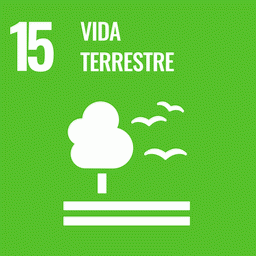The use of fire as a land management tool in the moist tropics often has the unintended consequence of degrading adjacent forest, particularly during severe droughts. Reliable models of fire danger are needed to help mitigate these impacts.
Here, we studied the moisture dynamics of fine understory fuels in the east-central Brazilian Amazon during the 2003 dry season. Drying stations established under varying amounts of canopy cover (leaf area index (LAI)=0–5.3) were subjected to a range of water inputs (5–15 mm) and models were developed to forecast litter moisture content (LMC). Predictions were then compared with independent field data.
A multiple linear regression relating litter moisture content to forest structure (LAI), ambient vapor pressure deficit (VPDM) and an index of elapsed time since a precipitation event (d−1) was identified as the best-fit model (adjusted R2=0.89). Relative to the independent observations, model predictions were relatively unbiased when the LMC was ≤ 50%, but consistently underestimated the LMC when the observed values were higher.
The approach to predicting fire danger based on forest structure and meteorological variables is promising; however, additional information to the LAI, for example forest biomass, may be required to accurately capture the influence of forest structure on understory microclimate.
